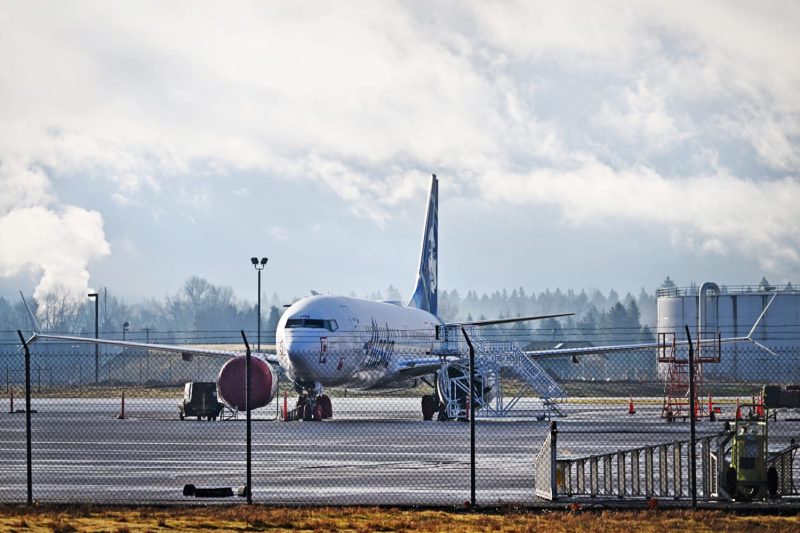In the wake of a near-disaster involving Alaska Airlines, the United States Federal Aviation Administration (FAA) has decided to step up its oversight of Boeing’s 737 Max 9 aircraft. The incident has triggered renewed scrutiny into Boeing’s 737 Max 9 jets, and the intensified oversight aims to ensure improved safety and effective operation of these aircraft.
On February 15, 2022, Alaska Airlines flight 567, operating with a Boeing 737 Max 9 aircraft, encountered serious issues shortly after departing from Seattle. The crew experienced issues with the aircraft’s horizontal stabilizer, which resulted in significant difficulty controlling the aircraft. Despite the ordeal, the crew was successful in safely landing the aircraft back in Seattle without any injuries.
In response to this incident, the FAA has made a decision to step up its surveillance of Boeing’s 737 Max 9 jets. This heightened scrutiny will include more frequent checks and inspections of these specific aircraft. The FAA’s immediate implication of stricter oversight underscores its commitment to the safety of airline passengers and crew members.
The decision is, in a way, reminiscent of the increased scrutiny that Boeing faced for its 737 Max 8 model following two fatal crashes in Indonesia and Ethiopia. These disasters led to a global grounding of the 737 Max 8 fleet that lasted for approximately 20 months. It was a stark reminder of the catastrophic results that can occur when safety issues go unaddressed.
The FAA’s escalated oversight primarily focuses on the “pickle fork”, a part connecting the plane’s body to the wing structure. It absorbs and deals with the stress, tensions and forces on the aircraft during flights. Due to its crucial role, any malfunction or failure in this piece can cause serious problems during a flight.
Additionally, the FAA aims to implement measures that ensure these safety checks are thorough and regular. The enhanced scrutiny will include requirements for FAA-approved inspectors to oversee regular maintenance and mechanical checks. This will also extend to the manufacturer’s facilities, where the FAA plans to strengthen quality control to ensure that any potential minor issue is identified and rectified before it becomes a major problem.
As well as the increased oversight from the FAA, Boeing itself is also expected to take these issues very seriously. Reputational risk is a significant factor for the airline manufacturer, particularly given the previous crises regarding the 737 Max 8. Improving internal quality control, in addition to cooperating fully with FAA inspections and requirements, will be crucial for Boeing to regain and maintain the confidence of regulators, airlines, and the flying public.
To enhance the safety measures even further, the FAA intends to progress its collaboration with its global counterparts, sharing safety alerts and information worldwide. This concerted international approach ensures a uniform global stance towards maintaining and improving airlines’ safety, providing further assurance to the flying public across the world.
The FAA’s decision to intensify its oversight of the Boeing 737 Max 9 comes at a critical time, underscoring the importance of continued vigilance in airline safety. While this move may present immediate challenges for both the FAA and Boeing, it lays a foundation for a safer, more tightly regulated future for the aviation industry. By employing consistent and rigorous safety checks, the risk associated with commercial aviation can be significantly reduced.




